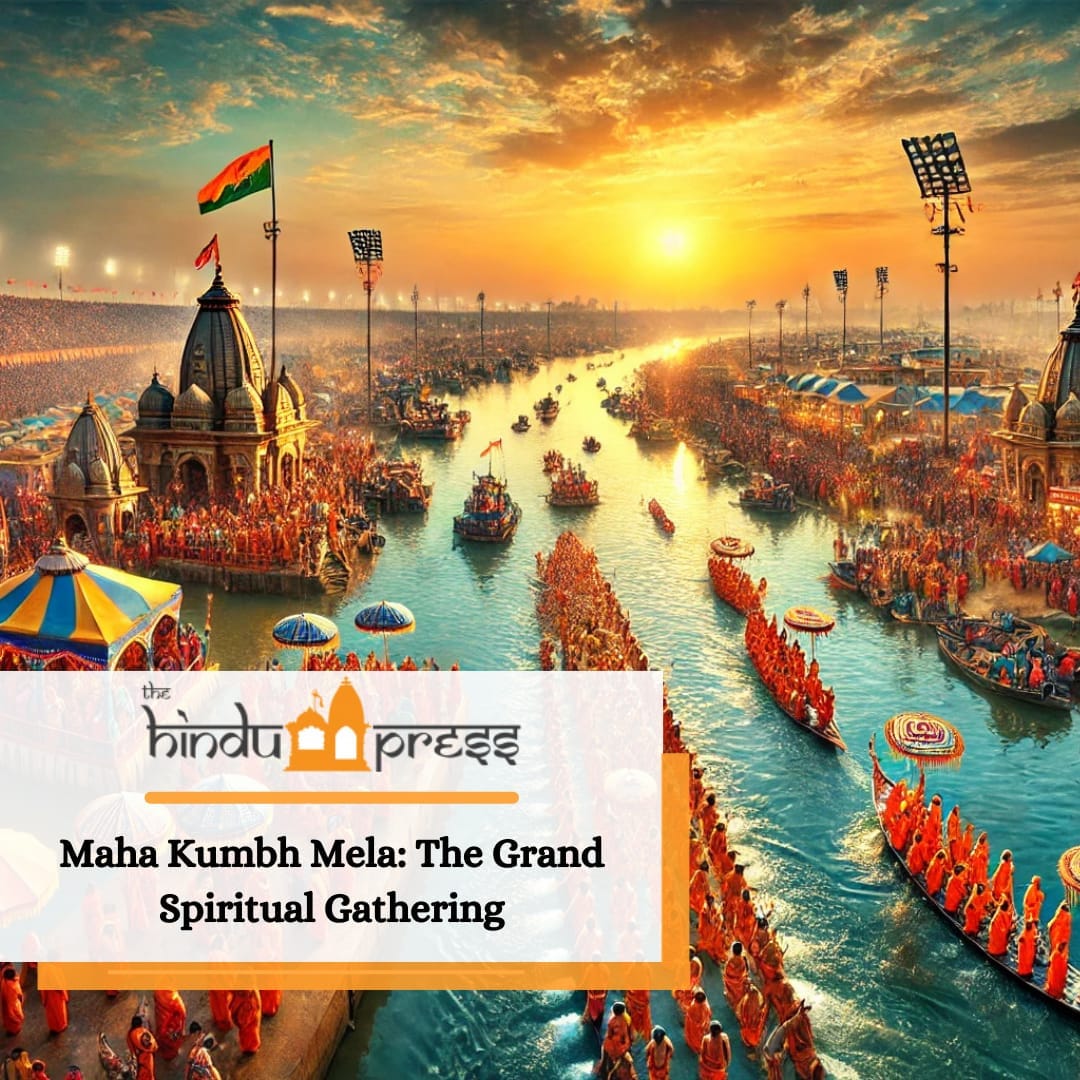By Loshinniy Nair S. Baskaran,
28th Jan 2025 : The Kumbh Mela, one of the world’s largest and most sacred religious gatherings, is a profound celebration deeply rooted in Hindu mythology, history, and spirituality. Held every 12 years, it rotates among four holy locations in India—Prayagraj (Allahabad), Haridwar, Nashik, and Ujjain. These locations are considered spiritually significant, as they are believed to have received drops of Amrit, the nectar of immortality, during the mythical Samudra Manthan (Churning of the Ocean). This divine event, where gods and demons vied for the Amrit, established these places as sacred pilgrimage sites.
The Kumbh Mela is more than just a festival; it is a deeply spiritual experience for millions of Hindus who gather to cleanse their sins and seek liberation (moksha). Historically, it has served as a meeting point for ascetics, saints, and devotees, fostering the exchange of spiritual knowledge and cultural traditions.
The significance of the Kumbh Mela is further recognized globally, having been designated as a UNESCO Intangible Cultural Heritage, highlighting its role in promoting cultural diversity and human creativity.
In 2025, the Maha Kumbh Mela will take place in Prayagraj, at the confluence of the Ganga, Yamuna, and the mythical Saraswati rivers. It is considered the most auspicious of all Kumbh gatherings, happening once in 144 years (12 cycles of the regular 12-year Kumbh). Central to the celebration are the Shahi Snan (Royal Baths), where pilgrims immerse themselves in the sacred waters of the Ganges, a ritual believed to purify the soul and absolve sins. The key Shahi Snan dates for the 2025 Maha Kumbh Mela are:
- January 13 (Paush Purnima)
- January 14 (Makar Sankranti)
- January 29 (Mauni Amavasya)
- February 3 (Basant Panchami)
- February 12 (Maghi Purnima)
- February 26 (Maha Shivratri)
Beyond the ritualistic baths, the festival is marked by grand processions of Akharas (monastic orders), showcasing their unique traditions and spiritual practices. Attendees can also participate in spiritual discourses, cultural performances, and devotional activities, offering a rich tapestry of India’s diverse heritage and spirituality.
The Maha Kumbh Mela remains a testament to the enduring faith, unity, and cultural richness of Hindu traditions, making it a truly unparalleled event on the global stage.




